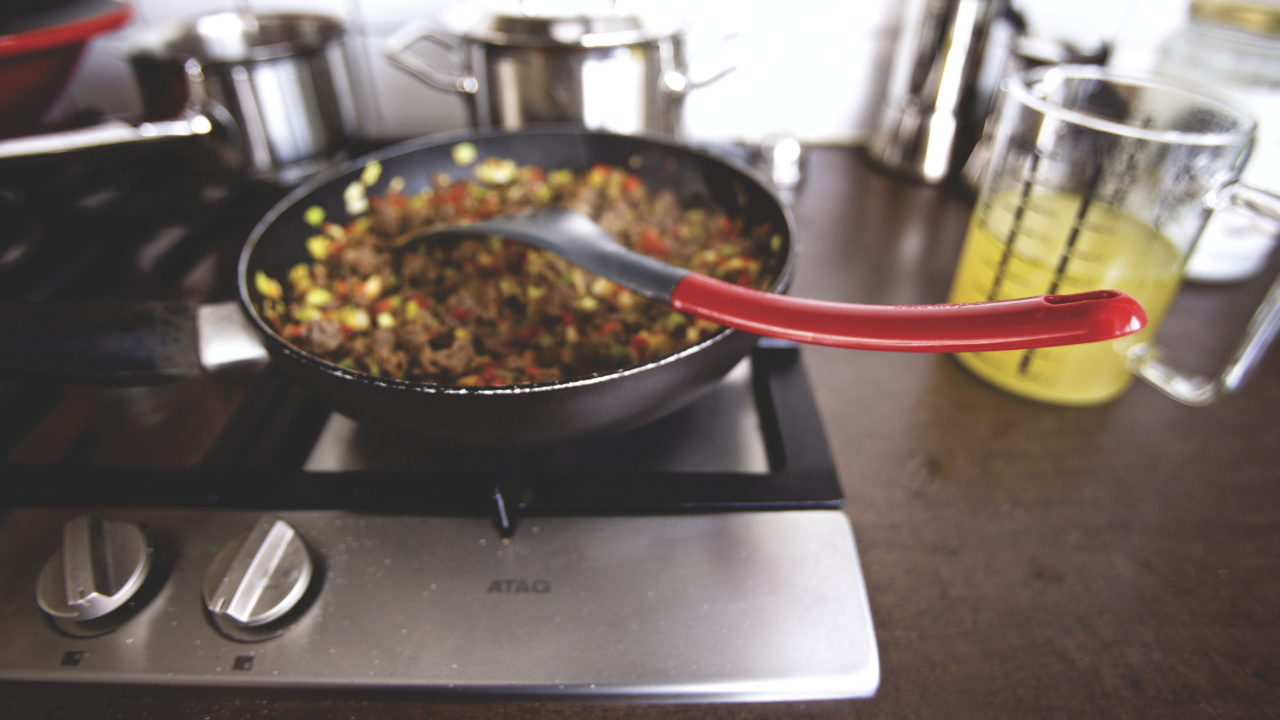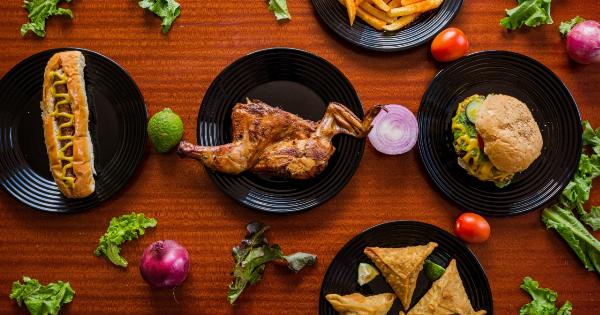Frying is a popular cooking method around the world. From deep-fried chicken to French fries, we all have our favorite fried foods. However, frying your food comes with many risks that we often overlook.
In this article, we will explore the health risks of consuming fried food and some safety measures you can take to mitigate these risks.
What Happens When You Fry Food?
When you fry food, you expose it to high temperatures. This process not only changes the texture and flavor of the food but also alters its nutritional content. The heat causes the food to lose some of its vitamins and minerals.
Additionally, when food is fried, it absorbs the oil that you are using to fry it. This oil is often high in saturated and trans fats, which are harmful to our health.
Furthermore, when oil is heated at high temperatures, it can release harmful compounds such as acrolein, acrylamide, and polycyclic aromatic hydrocarbons (PAHs). These compounds have been linked to cancer, kidney disease, and other health problems.
The Risks of Consuming Fried Food
Fried food is often high in calories, fat, and sodium. Consuming fried foods regularly can lead to obesity, heart disease, and diabetes.
A study published in the American Journal of Clinical Nutrition found that women who consumed fried food daily had a higher risk of developing type 2 diabetes. Additionally, a diet high in fried food has been linked to an increased risk of stroke.
Furthermore, consuming fried food can lead to digestive problems such as acid reflux and heartburn. Fried food is also known to cause inflammation in the body, which can lead to chronic diseases such as arthritis and cancer.
Safety Measures When Frying Food
While frying your food comes with many risks, there are some measures you can take to mitigate these risks. Here are a few safety tips:.
1. Use the Right Oil
Not all oils are created equal. When frying your food, use oils that are low in saturated and trans fats. Some healthy options include olive oil, avocado oil, and coconut oil.
Avoid using oils such as vegetable oil and canola oil, which are high in omega-6 fatty acids and can cause inflammation in the body.
2. Use the Right Temperature
It is important to use the right temperature when frying your food. If the oil is not hot enough, the food will absorb more oil, making it greasy. If the oil is too hot, it can release harmful compounds.
The ideal temperature for frying food is between 350°F and 375°F. To ensure that the oil is at the right temperature, use a cooking thermometer.
3. Don’t Reuse Oil
Reusing oil is a common practice, but it can be harmful to your health. When oil is heated at high temperatures multiple times, it can release harmful compounds and become rancid. If you need to fry multiple batches of food, use fresh oil each time.
4. Don’t Overcrowd the Pan
When frying food, it is important not to overcrowd the pan. Overcrowding the pan can cause the temperature of the oil to drop, resulting in greasy food. It can also cause the food to cook unevenly.
5. Drain Excess Oil
After frying your food, let it drain on a paper towel-lined plate or a wire rack. This will help remove excess oil from the food.
Conclusion
Frying your food is a popular cooking method, but it comes with many health risks. Consuming fried foods regularly can lead to obesity, heart disease, and diabetes.
Additionally, the process of frying food can release harmful compounds that have been linked to cancer and other health problems. However, by using the right oil, temperature, and safety measures, you can reduce the risks associated with frying your food.































